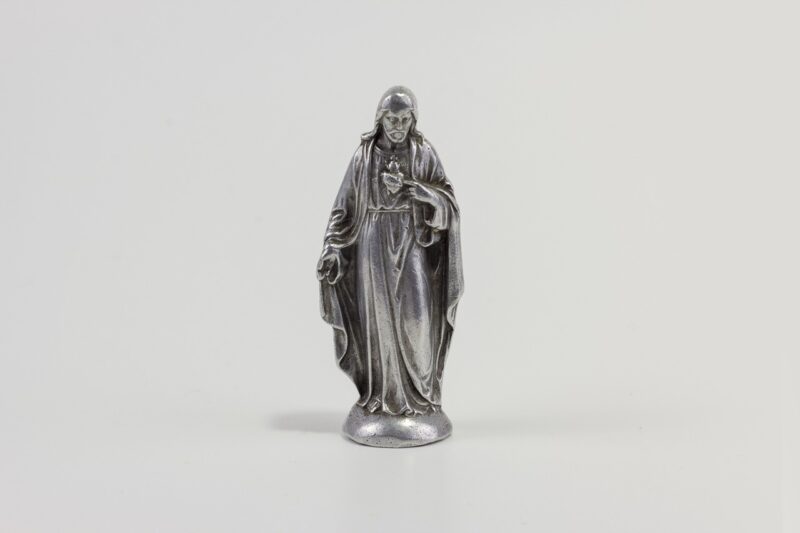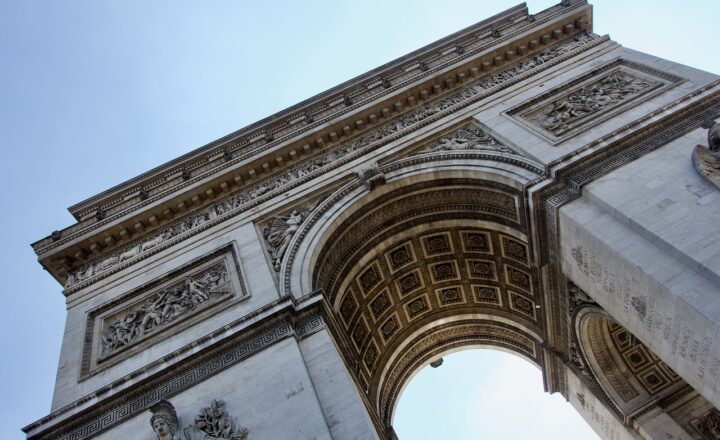Why Certain Landmarks Are Considered Sacred by Different Religions
November 17, 2024

Landmarks around the world are revered for their historical, cultural, and spiritual significance. Many of these sites have been designated as sacred by various religions, deeply rooted in the beliefs, practices, and traditions of the communities that hold them dear. Understanding why specific landmarks are deemed sacred can provide deeper insights into the religions themselves while illuminating the rich tapestry of human culture and faith.
1. The Concept of Sacredness in Religion
Before diving into specific landmarks, it’s essential to grasp what ‘sacred’ means in a religious context. Sacredness often refers to something that is set apart from the ordinary and imbued with spiritual significance. These sites might be places of worship, pilgrimage, or those associated with miraculous events.
Individual religions may define sacredness in various ways, including:
- Divine Presence: Many landmarks are believed to house the divine, making them focal points for worship and contemplation.
- Symbol of Faith: Sacred sites can be symbols of a community’s beliefs, heritage, or triumphs, often encapsulating pivotal moments in that religion’s history.
- Unique Spiritual Experiences: Numerous visitors claim to feel transformed or inspired after visiting these sites, leading to their designation as sacred places representing a bridge between the human and the divine.
Recognizing these elements can enhance our understanding of why certain landmarks resonate so deeply with followers of different faiths.
2. Sacred Landmarks: A Global Overview
The following are significant landmarks around the world that various religions consider sacred, each with its unique history and spiritual relevance:
A. The Kaaba, Mecca
Located within the Masjid al-Haram mosque, the Kaaba is an architectural cube and the holiest site in Islam. Muslims believe it was originally built by the Prophet Ibrahim (Abraham) and his son Ismail (Ishmael) thousands of years ago. During the Hajj, one of the Five Pillars of Islam, millions of Muslims journey to Mecca to circle the Kaaba and reaffirm their faith.
B. The Western Wall, Jerusalem
This ancient wall is a remnant of the Second Temple, destroyed in 70 CE, and is the holiest site in Judaism where prayers and requests are written on slips of paper and placed within the cracks. The Western Wall symbolizes hope and resilience among Jewish people and serves as a gathering place for prayer and reflection.
C. The Ganges River, India
Revered by Hindus, the Ganges River is seen as the personification of the goddess Ganga. Many believe bathing in its sacred waters can cleanse sins and promote spiritual liberation. Pilgrimages to the Ganges are common, especially during religious festivals like Kumbh Mela, where millions gather to dip in the holy river.
D. Mount Fuji, Japan
Mount Fuji holds spiritual significance in Shinto, Japan’s indigenous religion, as a sacred mountain. It is often depicted in art and literature as a symbol of beauty and grace. Pilgrimages to the summit are common for both spiritual reflection and physical accomplishment, as climbers partake in rituals honoring the mountain’s divine nature.
E. Stonehenge, England
A prehistoric monument rich in mystery, Stonehenge is believed to have astronomical and ceremonial significance, attracting modern-day pagans who consider it sacred. Visitors often celebrate summer solstice rituals, viewing the monument as a representation of connection to ancient earth-based spirituality.
3. The Historical and Cultural Significance of Sacred Landmarks
These landmarks often serve as focal points for cultural identity and memory. In many cases, sacred sites have endured political and social upheaval, yet they remain resilient symbols of endurance and faith for their respective communities.
- Cultural Heritage: Sacred sites often embody the artistic, architectural, and spiritual practices of the cultures that surround them. For instance, the intricate carvings and structures found in Hindu temples illustrate a rich history of artistic expression intertwined with spirituality.
- Tourism and Education: Sacred landmarks also attract tourists, generating discussions around interfaith dialogue and cultural sensitivity while providing educational experiences relevant to the histories of their respective faith traditions.
- Community and Belonging: Local communities often center their identity around these landmarks, creating a sense of belonging amongst adherents, especially during festivals and pilgrimages that bring wandering individuals back home.
Understanding the broader implications of these landmarks can deepen our respect and appreciation for cultural diversity and religious pluralism.
4. Preservation of Sacred Landmarks
As the world changes, so do the challenges faced by sacred landmarks. Natural disasters, urban expansion, pollution, and commercial exploitation pose risks to these sites. Preservation efforts are critical to ensuring they endure for future generations.
- Cultural Sensitivity: Successful preservation requires acknowledgment of the cultural and spiritual significance of these sites. Involving local communities in the preservation process can help maintain their authenticity.
- Sustainable Tourism: Balancing tourism with conservation is vital. Sustainable practices can help prevent damaging over-tourism while allowing visitors to experience and learn from these sacred places responsibly.
- Education and Awareness: Raising awareness about the importance of these landmarks to various cultures can foster respect and understanding, promoting responsible behavior among visitors.
Preservation not only protects the physical integrity of these landmarks but also honors the traditions and stories that have been passed down through generations.
5. Conclusion: The Sacred Connection
Landmarks deemed sacred by different religions offer significant insights into the beliefs, cultures, and traditions of humanity. They serve as reminders of our shared need for connection, reflection, and community. In a world where religious diversity shapes our experiences, understanding and respecting sacred landmarks fosters greater empathy and unity among different faiths.
By appreciating the rich narratives surrounding these sites, we can unite in our shared experiences of reverence, exploration, and the search for meaning in a diverse world.
Whether you are a traveler seeking enlightenment or a scholar diving into the layers of history, these sacred landmarks embody the very spirit of humanity, urging us to explore not just their significance, but also our connections to one another on this shared journey of life.








